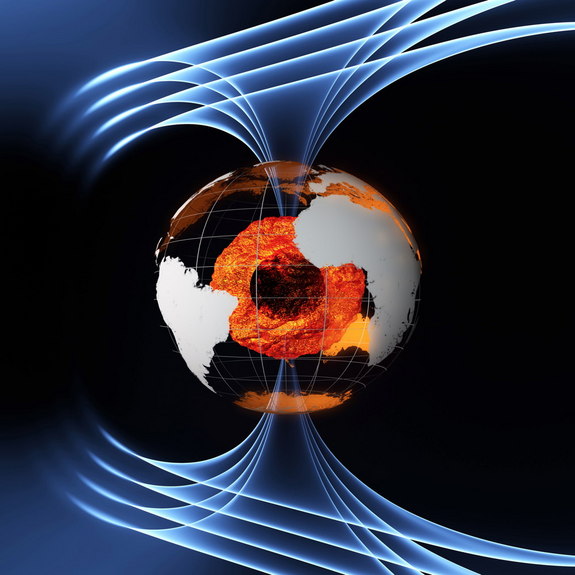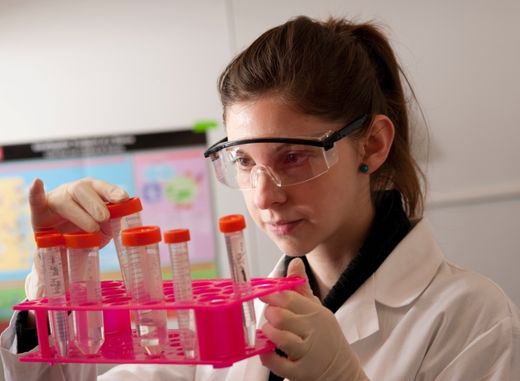A man's best friend really does share his master's feelings.

© GETTYFeeling blue: Dogs have emotions just like us
For the first time scientists have established that dogs have the ability to experience positive emotions, such as love and attachment.
The findings mean we may have to rethink the idea of pets as "property".
Dogs could have a level of emotional response comparable to that of a child, the results suggest.
Professor Gregory Berns, who revealed his findings in a New York Times article, carried out scans on his own dog's brain to achieve the results.
The professor, from Emory University, Atlanta, had to give his pet terrier Callie the scans without anaesthetic to keep her still.
So with the help of his friend, dog trainer Mark Spivak, he taught her to go into an MRI scanner he built in his living room, place her head in a custom-fitted chin rest then hold still for up to 30 seconds.After months of trial and error, he built up a series of MRI scans.




Comment: See also:
The Comet and the Chicago Fire
Comet Biela and Mrs. O'Leary's Cow